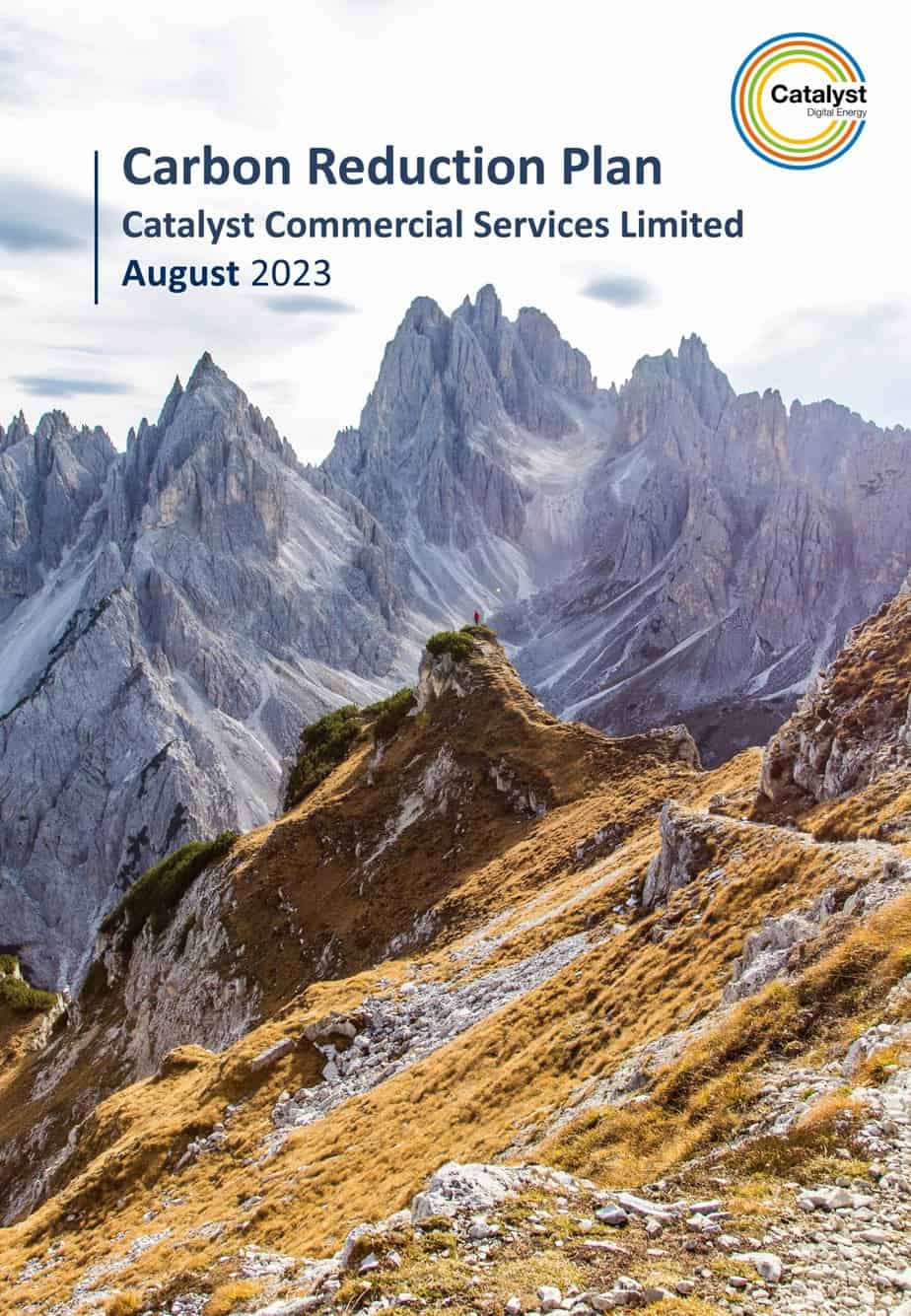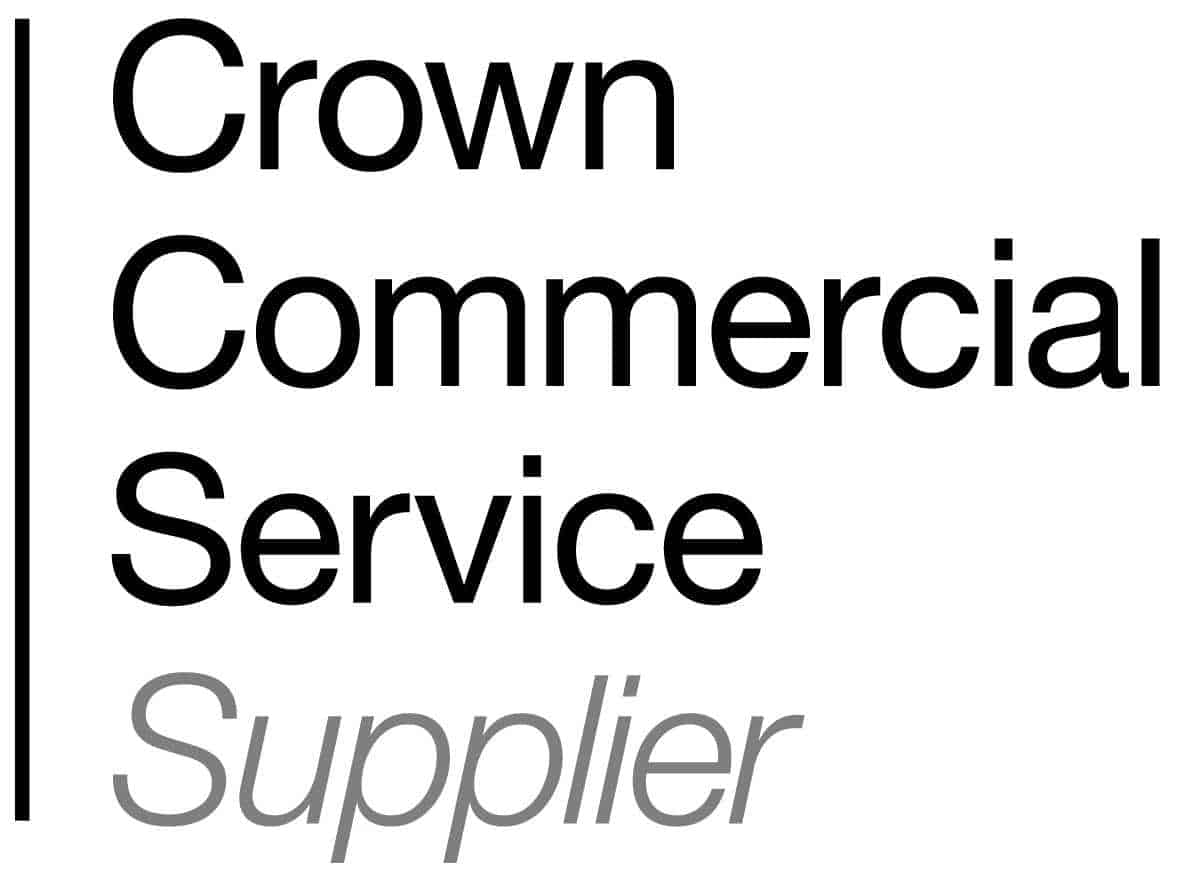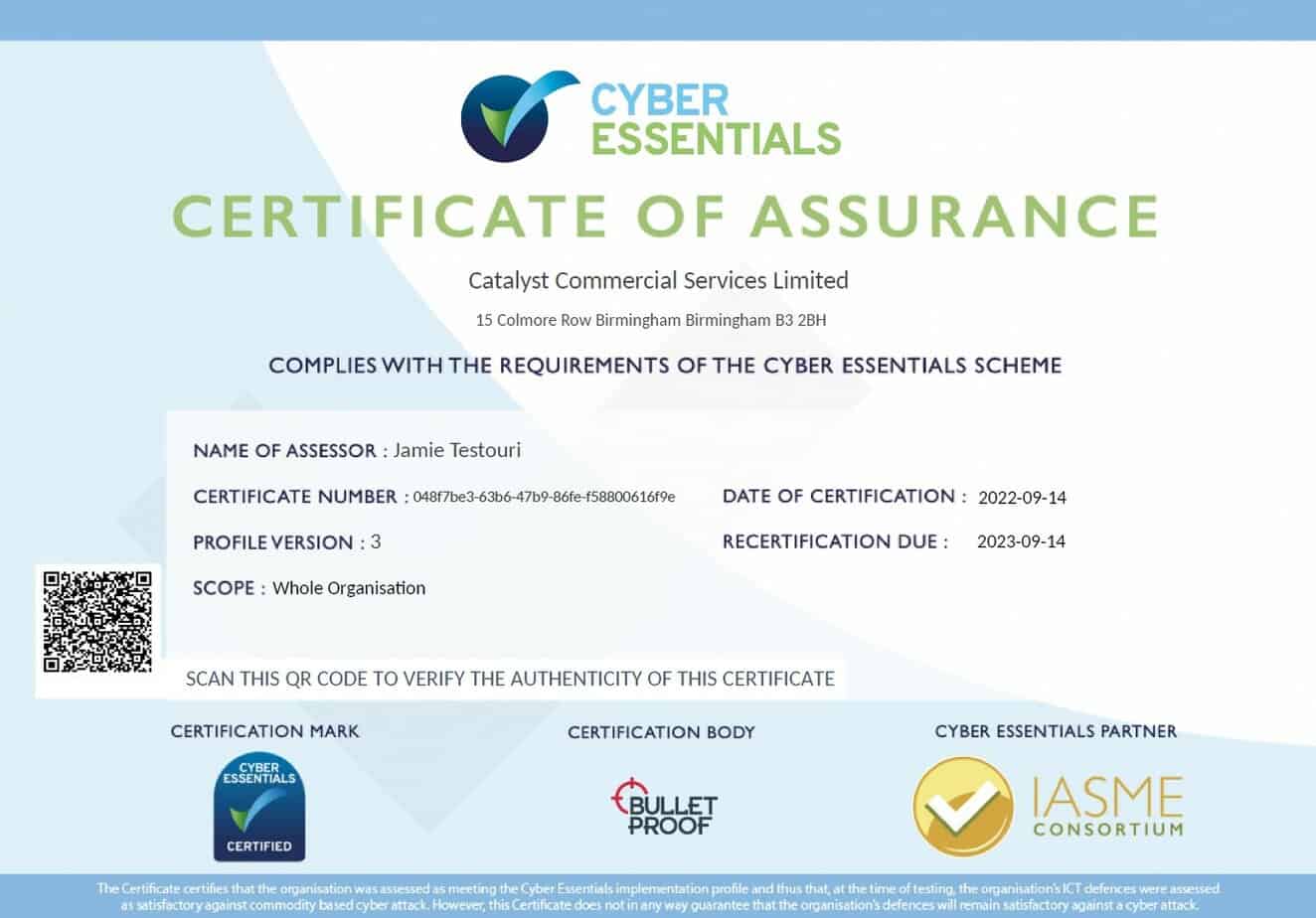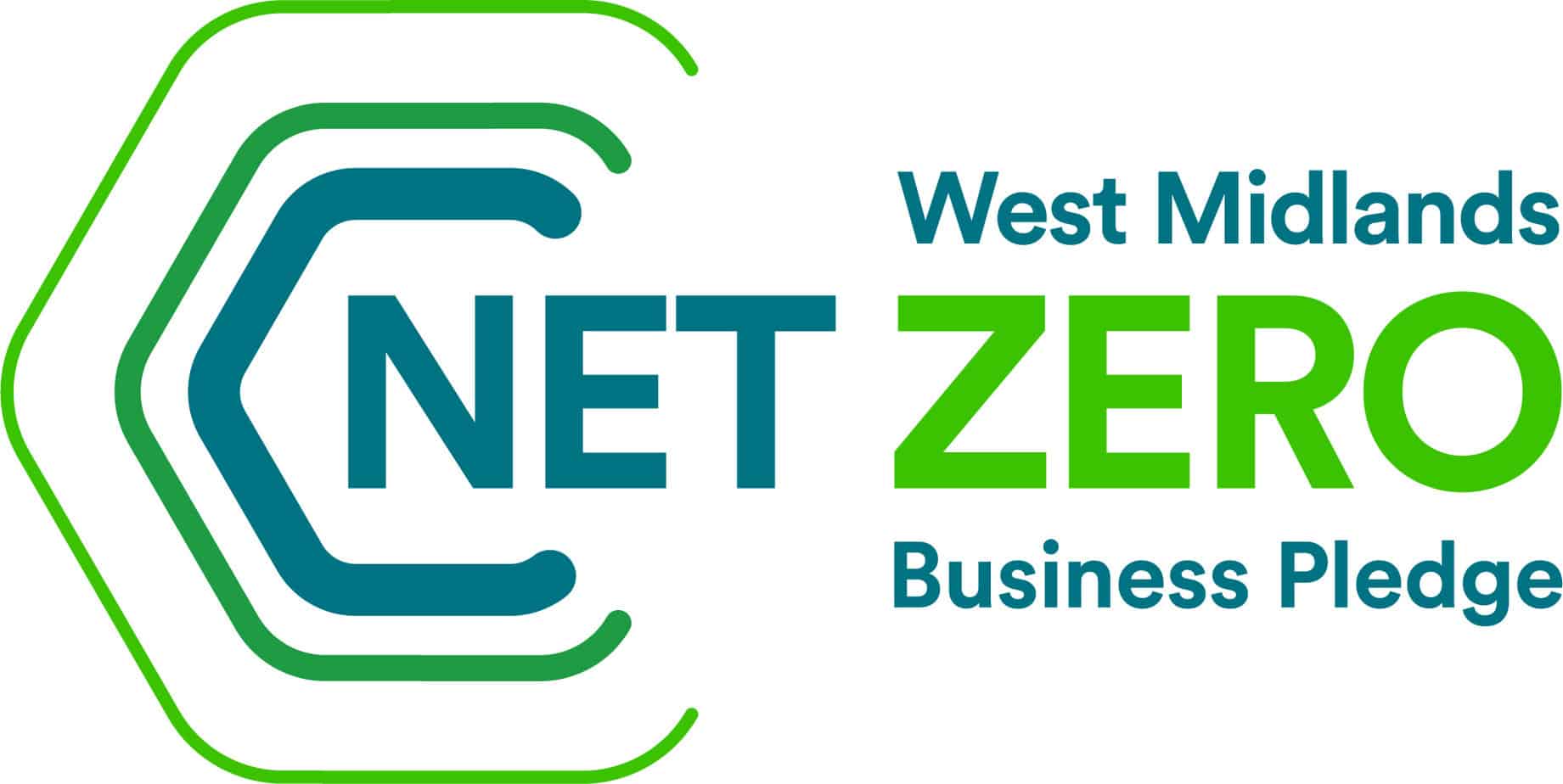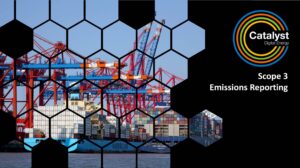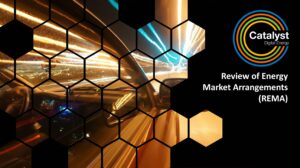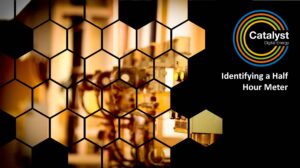Carbon Reduction PlansCarbon Reduction Plans that conforms to the requirements of Procurement Policy Note PPN06/21; Taking account of carbon mitigation strategies in the procurement of major government contracts.
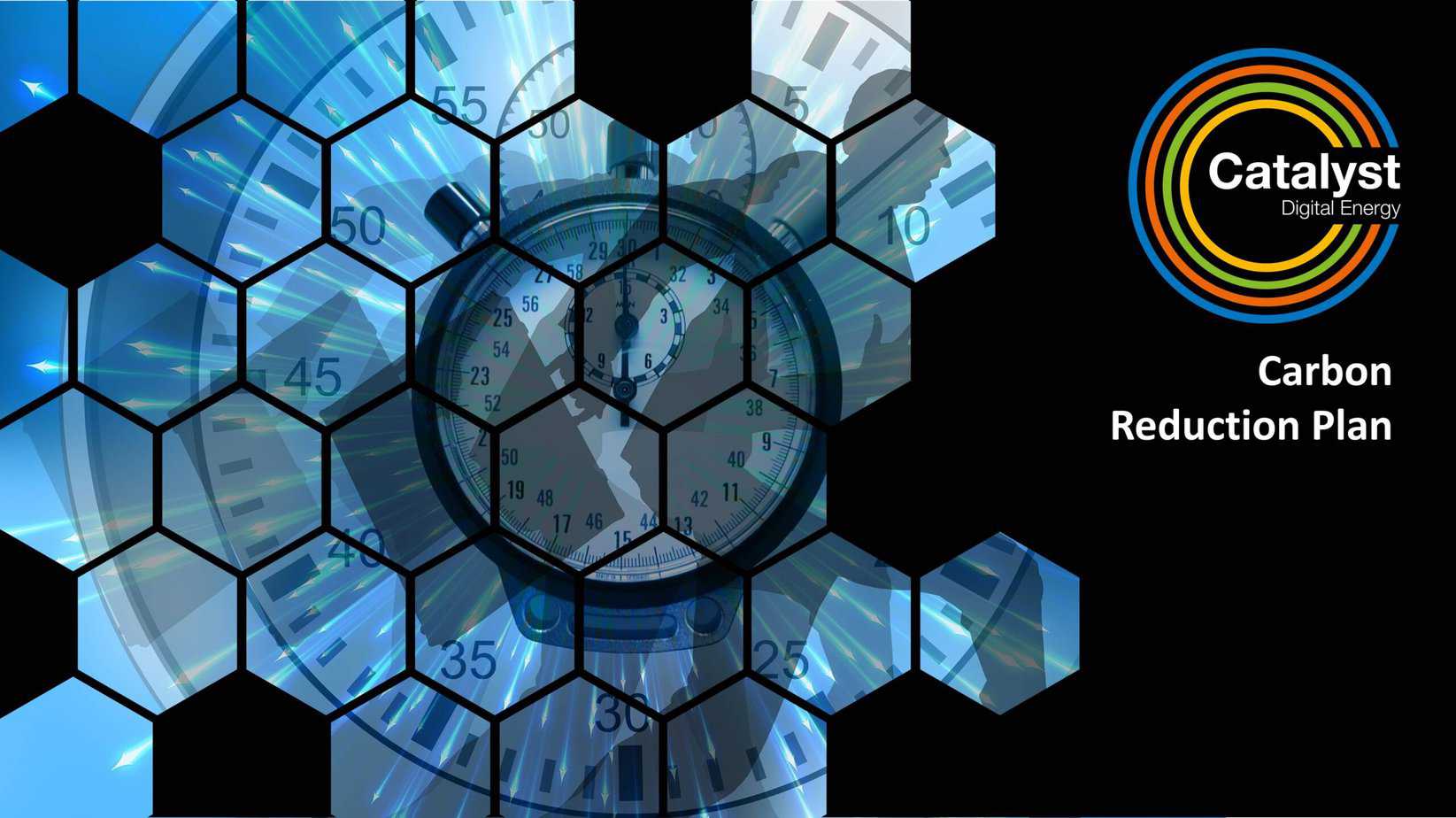
Carbon Reduction Plans
When looking at carbon reductions plans we first need to look back to 2019, when the UK Government amended the Climate Change Act 2008 to establish a legally binding target of Net Zero carbon emissions by 2050.
In 2021 the Cabinet Office published a Procurement Policy Note PPN 06/21 which mandates that Carbon Reduction Plans (CRP) be completed by all suppliers bidding for any central government contract valued above £5 million per annum.
The PPN introduces new criteria relating to the selection of suppliers for government contracts and regardless of the size of the organisation all suppliers will be required to submit their own Carbon Reduction Plans. Within their carbon reduction plans they will need to detail their carbon footprint as well as confirming their commitment to achieving Net Zero by 2050.
A suppliers Carbon Reduction Plan must be approved by a by a company director (or senior leadership) within the organisation within 12-months of the date of the procurement exercise and submitted to the relevant contracting authority and your company’s CRP must be published on your website.
The following broadly outlines the components of the plan:
> A commitment to Net Zero by 2050 – The government’s Net Zero target is a commitment to reduce the UK’s greenhouse gas emissions by 100% when compared to levels from 1990. All suppliers are required to pledge their commitment to this in their carbon reduction plans.
> Base year vs current emissions – Your current emissions are divided into three separate scopes, then added up and measured against a previous baseline year. They are measured as CO2e (carbon dioxide equivalent). This unit is made up of the seven greenhouse gases identified by the Kyoto Protocol: carbon dioxide (CO2), methane (CH4), nitrous oxide (N2O), hydrofluorocarbons (HFCs), perfluorocarbons (PCFs), sulphur hexafluoride (SF6) and nitrogen trifluoride (NF3).
> Be published and updated regularly on their UK website.
> Provide current UK emissions for Scope 1 and 2 of the GHG Protocol and defined subset of Scope 3 emissions: business travel, employee commuting, waste generated in operations, upstream transportation and distribution and downstream transportation and distribution.
> Detail the environmental management measures that can be applied in the delivery of the contract.
For those suppliers that fall below the threshold of the streamlined energy and carbon reporting requirements, this could be the first time they need to perform a carbon footprint reporting exercise along with the calculation of emissions reduction targets.
To make the carbon reduction plans process easier the Government have provided a template for the carbon reduction plan which will help suppliers understand what needs to be disclosed.
But the tricky part as always is collecting the data and completing the calculations required.
This is likely to create a significant workload for some companies along with the short amount of time that this report needs to be completed by.
So, beginning the process early will ensure eligibility for any procurement contracts that require a carbon reduction plan as well as been best practice.
Carbon Reduction Planning
For those companies that have already started to disclose their emissions either voluntary or mandatory and have set targets for reduction, may well find that their current reporting methodology aligns to the requirements of PPN 06/21 already.
The supporting guidance on PPN 06/21 outlines the circumstances in which a contracting authority may refuse to award a contract based on failing to meet the selection criteria.
> Implement an organisational commitment to reducing Greenhouse Gas emissions.
> Disclose organisational GHG emissions to a contracting authority.
> Provide a CRP which has not been signed off, that does not include environmental management measures too.
How to measure your carbon reduction program
The government has provided resources based on Green House Gases (GHG) conversion factors to help organisations calculate their CO2e emissions.
Organisations may wish to seek guidance within the carbon accounting sector to ensure the data they provide is as accurate as possible. ISO 14064-3 and ISAE 3410 are widely used standards for GHG emission report verification, but there is no specific requirement for companies to audit their carbon footprint reporting.
Emissions Reduction Targets – Once CO2e across the scopes is calculated, your company is required to commit to a carbon reduction plans target over the next five years to further reduce your emissions. Your actual progress is then plotted on a graph against your target progress, to demonstrate that you are meeting your aims.
Carbon Reduction Projects – Finally within your carbon reductions plans, you are asked to describe carbon reduction projects that you have completed or implemented since your baseline measuring year.
This may include management measures such as certification schemes like ISO 14001 or PAS 2060, signing up to SBTI or other specific measures through which you can demonstrate tangible emissions reduction.
Download Report
“We’ve signed up to the SME Climate Commitment and recognising that climate change poses a threat to the economy, nature and society-at-large, our company commits to take action immediately in order to, halve our greenhouse gas emissions before 2030, Achieve net zero emissions before 2050 and Disclose our progress on a yearly basis.”
Catalyst can support you to comply with the new legislation and assist with the development of your carbon reduction plans to meet the new selection criteria. We can further support you at every stage of your Net Zero journey, from collecting data and measuring your current carbon footprint to setting goals for improvement.
Build Your Own Carbon Reduction Plans
Get in touch and discuss your objectives with us.
To assist your company in getting ready for a better, zero-carbon future, we will collaborate with you to develop an actionable and customised Carbon Reduction Plan using the carbon emission data from your carbon footprint.
Your Carbon Reduction Plan is a high-level strategy document that will include specific measures to reach the objectives specified by your business, a detailed identification of carbon reduction targets, and a summary of prior carbon footprint assessments (where available).
About Catalyst
Catalyst Digital Energy is an award-winning energy consultancy with a focus on digital energy services, total energy contract lifecycle management and energy management services. It is revolutionising how businesses manage energy with its unique Energy Spend Management Platform, which is powered by Robotic Process Automation (RPA) EaaSi®.
Catalyst is digitising all aspects of energy, including billing, data, consumption, spend, payments, procurement and emissions reporting. When combined with its fully funded renewable energy solutions, Catalyst offers a unique and powerful approach to managing energy.
what is carbon reduction
Carbon reduction refers to the process of reducing the amount of carbon dioxide (CO2) and other greenhouse gases emitted into the atmosphere. This is typically done to mitigate climate change and its associated impacts.
what is carbon reduction plan
A carbon reduction plan is a strategic framework or set of actions designed to reduce carbon emissions within a business. These plans outline specific goals, targets, and strategies to mitigate climate change by decreasing the amount of carbon dioxide and other greenhouse gases released into the atmosphere.
why is carbon reduction important
Carbon reduction is crucial to mitigate climate change by reducing greenhouse gas emissions, particularly carbon dioxide, which contributes significantly to global warming. By curbing carbon emissions, we can help prevent the adverse effects of climate change such as rising sea levels, extreme weather events, and disruptions to ecosystems and human societies.
why do we need to reduce carbon
Reducing carbon emissions is crucial for mitigating climate change and its catastrophic effects on ecosystems, human health, and economies. By curbing carbon emissions, we can limit global temperature rise, preserve biodiversity, and secure a sustainable future for generations to come.

